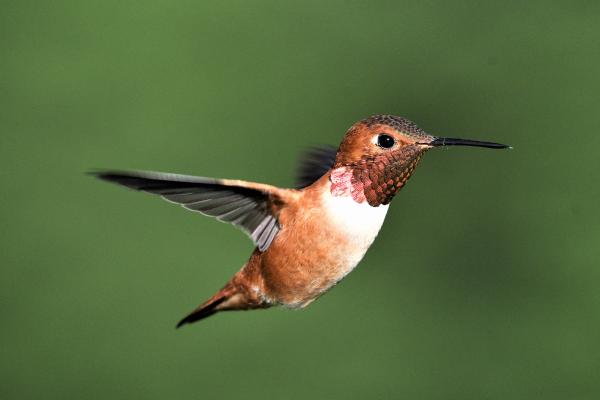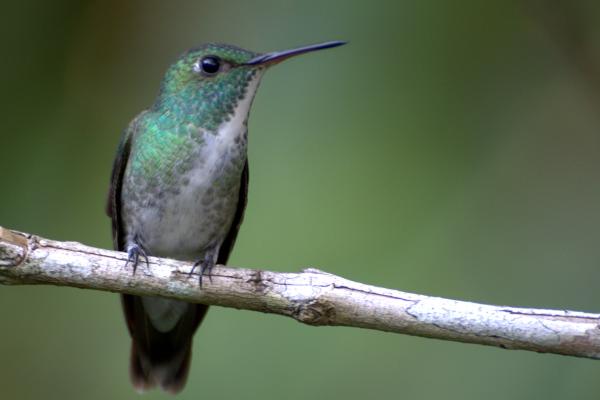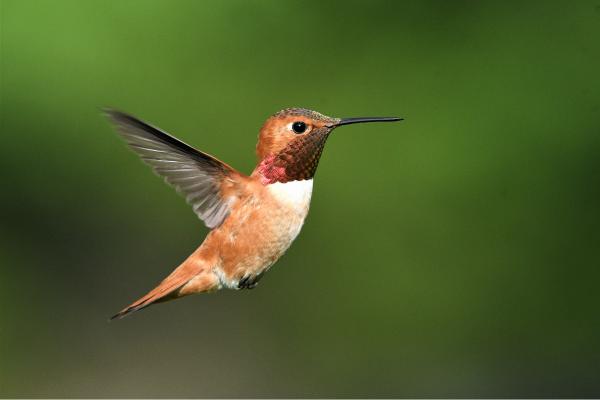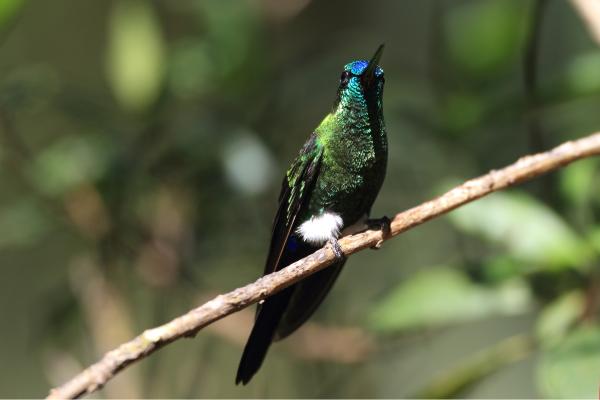Hummingbirds are tiny, iridescent birds belonging to the order Apodiformes, famous for their hovering flight and dazzling plumage. They are native exclusively to the Americas and are vital pollinators, playing an essential role in various ecosystems. Besides their ecological importance, hummingbirds are also deeply valued in many cultures.

Unfortunately, a significant number of hummingbird species are now at risk of extinction. Notable endangered species include the Mangrove Hummingbird (Chrysuronia boucardi), Rufous Hummingbird (Selasphorus rufus), Short-crested Coquette (Lophornis brachylophus), Arica Hummingbird (Eulidia yarrellii), and Black-breasted Puffleg (Eriocnemis nigrivestis). This article will introduce these endangered hummingbirds, discuss their characteristics, habitats, threats, and offer practical tips for their conservation—all optimized for SEO and user engagement.
Of the 300+ hummingbird species worldwide, about 10% are considered threatened or endangered according to the IUCN Red List. The primary threats faced by hummingbirds include:
Habitat Loss and Fragmentation: Deforestation, urban expansion, and agriculture destroy and fragment the flowering plants and nesting sites that hummingbirds rely on.
Climate Change: Alters migration patterns and disrupts the synchrony between flower blooming and hummingbird feeding or breeding cycles.
Pesticides and Invasive Species: Chemicals can poison hummingbirds or eliminate the insects and flowers they depend on, while invasive plants or animals upset the natural balance.
Collisions with Man-made Structures: Glass windows, wires, and other human-made obstacles can lead to fatal collisions.
While widespread species such as the Sword-billed Hummingbird (Ensifera ensifera) are still listed as Least Concern, habitat specialists and range-restricted species are facing much higher risks of extinction.
Distribution & Description:
This species is endemic to the Pacific mangrove forests of Costa Rica. Its feathers are a shimmering blue-green, giving it the nickname “Mangrove Diamond Hummingbird.”
Threats:
Fewer than 1,500 mature individuals remain. The species is threatened by mangrove destruction for shrimp farming and charcoal production, as well as changes in water flow caused by dams and road construction.

Distribution & Description:
Breeds in the western United States and parts of Canada, migrating up to 4,000 kilometers to Mexico in winter.
Threats:
Listed as Near Threatened. Climate change is shifting their range northward and reducing available habitat, while deforestation reduces nectar sources.

Distribution & Description:
A critically endangered species native to a tiny area in Guerrero, Mexico. Males feature a striking red crest and green body.
Threats:
Mainly threatened by deforestation for agriculture (coffee, maize, fruit). Conservation programs now include protected areas and international collaboration.

Distribution & Description:
Endemic to Chile and restricted to only two tiny localities. Feeds on native flora such as Geoffroea decorticans.
Threats:
Classified as Critically Endangered, primarily due to the destruction of its host plants, which are removed by farmers.

Distribution & Description:
Native to the Andean cloud forests of Ecuador, where it depends on seasonal flowers for food.
Threats:
With only 100-150 mature individuals remaining, 94% of their habitat has been destroyed due to logging, charcoal production, cattle grazing, and agriculture. Climate change could force these birds to move to higher elevations, increasing competition for resources.

Plant Native Flowering Species
Grow trumpet-shaped, nectar-rich native flowers (such as hibiscus or impatiens) in your garden or on your balcony to provide reliable food sources for hummingbirds.
Use Feeders Responsibly
If you use hummingbird feeders, clean them regularly and avoid using store-bought nectar with artificial coloring. Instead, make your own solution using four parts boiled (then cooled) water to one part brown sugar.
Control Pets, Especially Cats
Keep pet cats indoors or supervised. Feral and free-roaming cats are a major cause of wild bird decline, including hummingbirds.
Support Conservation Organizations
Participate in or support hummingbird conservation programs and spread awareness about the importance of protecting these birds and their habitats.
Conclusion:
Hummingbirds are not just icons of natural beauty, but essential players in pollination and ecosystem health. Their survival is closely tied to the preservation of their habitats and the flowers they depend on. By taking action in our daily lives, from planting native flowers to supporting conservation efforts, we can all play a part in ensuring a future for these remarkable birds.
Referencias
BirdLife International. (2020) Amazilia boucardi. The IUCN Red List of Threatened Species . Disponible en: https://dx.doi.org/10.2305/IUCN.UK.2020-3.RLTS.T22687562A168615870.en.
BirdLife International. (2020) Selasphorus rufus. The IUCN Red List of Threatened Species. Disponible en: https://dx.doi.org/10.2305/IUCN.UK.2020-3.RLTS.T22688296A178595564.en.
BirdLife International. (2018) Lophornis brachylophus. The IUCN Red List of Threatened Species Disponible en: https://dx.doi.org/10.2305/IUCN.UK.2018-2.RLTS.T22687196A130649157.en.
BirdLife International. (2020) Eulidia yarrellii. The IUCN Red List of Threatened Species Disponible en:. https://dx.doi.org/10.2305/IUCN.UK.2020-3.RLTS.T22688244A181468935.en.
BirdLife International. (2020) Eriocnemis nigrivestis. The IUCN Red List of Threatened Species Disponible en: https://dx.doi.org/10.2305/IUCN.UK.2020-3.RLTS.T22687909A173319425.en.
Alexandre, N. M., Romero, F. G., English, S. G., Grames, E., Garzón‐Agudelo, F., Epperly, K., ... & Rico‐Guevara, A. (2025). Supplemental Feeding as a Driver of Population Expansion and Morphological Change in Anna's Hummingbirds.Global Change Biology, 31(5), e70237.
animal tags: Hummingbirds
We created this article in conjunction with AI technology, then made sure it was fact-checked and edited by a Animals Top editor.